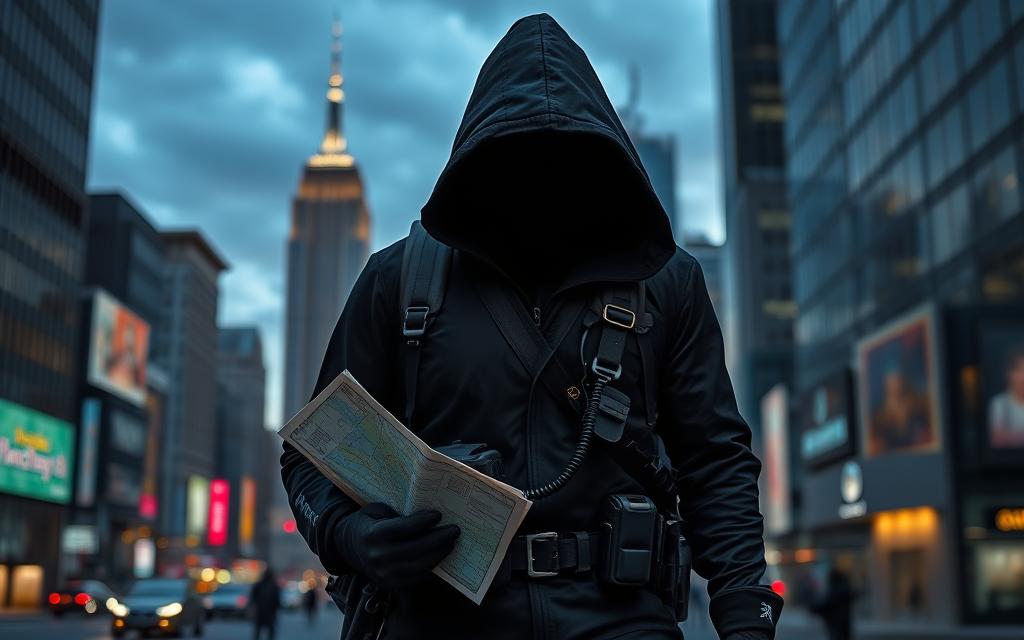Banana River provides unique and exhilarating fishing experiences with pleasant weather year-round and abundant fish species.
If you are planning to go angling in Banana River, here is a comprehensive guide on making the best of your trip.
Let’s set sail.
Where is Banana River?
Banana River takes its name from the numerous wild bananas that lined its banks when Henry M. Flagler first navigated it.
The 31-mile-long (50 km) Banana River lagoon joins the Indian River downstream to become part of the more incredible Indian River Lagoon system.
Banana River’s proximity to the Kennedy Space Center and Cape Canaveral has added to its appeal from local and international anglers.
Besides fishing, the river is a popular destination for birdwatching, non-motorized boating, and kayaking.
In the summer, the Banana River glows with light from fish, manatees, and dolphins. See it yourself by joining the Orlando: Bioluminescence Kayak Tour!
Popular Fish Species in Banana River
The Banana River is home to various endemic and migratory fish species.
Here is all you need to know about Banana River’s top 5 fish species that are popular with anglers:
Redfish
Banana River’s most popular game fish is also known as red drum, red bass, spot tail, or channel bass. Averaging 40 inches in length, redfish are known for their ferocious resolve to avoid capture.
They prevalently reside in tranquil, shallow waters and begin spawning in the fall as the water temperatures get cooler.
Speckled trout
Derives the name from the black spots on its dark gray or greenback. The large canine teeth at the tip of its upper jaw make it look menacing, but it’s a timid and delicate fish.
As such, swiftly and carefully return any surplus catch to the river. Trout are bottom feeders usually found in seagrass beds or sand bottoms. March through November is their breeding month.
Black Drums
Black drums are the largest drum species, growing to up to 67 inches with a distinctive barbell on their low jaws.
Usually found around the river mouth, oyster beds, docks, and bridge pilings, they prey on crustaceans such as crabs, oysters, shrimps, and other smaller fish.
Please keep your fingers away from their mouths as their powerful pharyngeal teeth can severe them. Bottom feeders and spawn in winter and early spring.
Snook
Snook are high-octane fish with a sloping forehead, a large mouth, and a protruding lower jaw.
The speedster thrives in water temperatures above 60° F, and you will usually find it in seagrass beds, mangrove shorelines, and around structures.
Interestingly, they are all born male, with some transforming to females when they hit 18 and 22 inches long. They prey on fish and large crustaceans.
Tarpons
Banana River teems with tarpons in summer, gulping air at the surface. They resemble ladyfish but with a large mouth that points upward.
A mature tarpon is an angler’s jackpot, as they can grow up to 8 feet and weigh as much as 300 pounds.
Powerful and erratic, watch out for the gill plate and the tail for cuts. Tarpons spawn between May and September.
Other notable fish in Banana River include the strange-looking tripletail fish, manatee, dolphins, blacktip sharks, sheepshead, and the migratory cobia fish.
What Do You Need to Fish in the Banana River?
First things first, the type of gear you opt for must take into account the following key factors:
- The type and size of fish you want to catch
- The fishing technique
- Appropriate equipment for saltwater (Banana River has brackish water)
- Local regulations
These four factors will inform the specific gear to bring.
Luckily, one of the local guides is an old pal who outlined the best gear to tackle Banana River.
You can also consult with the local bait and tackle shop in Cocoa Beach.
More about Cocoa Beach
Now let’s look at the basic gear that you will need:
1. A fishing license
A fishing license is a must-have when fishing in the Banana River. You can easily purchase one on the FSW website as you reserve your flights and accommodation.
2. A sturdy fishing rod and reel
Most of the popular game fish weigh as much as 100 pounds, so ensure your equipment will be able to handle the load and ferocity of fish.
3. Fishing line
Consider the strength, abrasion resistance, stretch, and visibility in the water. While fluorocarbon lines are the best, they are more expensive than monofilaments.
4. Hooks
The hook should be proportional to the bait size and target fish size. For tarpons, we found out offset hooks work best.
5. Sinkers
Sinkers are essential, especially when hunting trouts and black drums, since they are bottom feeders.
The sinkers should be heavy enough to reach the bottom to attract these fish to the Banana River.
6. Bait
There is no one-fits-all bait when fishing in Banana River.
Your choice of bait heavily depends on the fish you are targeting and must be per the FWC regulations.
Here are the recommended baits by the FWC for the popular species:
- Redfish – shrimps, top-water plugs, crabs, soft jigs
- Black drum – shrimp, sand fleas, or blue crabs
- Snook – pinfish, small mullet, shrimp, or sardineTarpons – cut bait, pinfish, bucktails or jerk baits
- Speckled trout – baitfish, mullet, shrimp or crabs
7. Life jacket
The jacket will keep you afloat if you accidentally slip into the water. Besides, it keeps you dry from water splashes when hurling in a fish.
8. Waders
Waders come in handy if you will be fishing in shallow waters, ensuring your feet and pants don’t get wet.
9. Sunscreen, Sunglasses, and a Hat
Get efficient protection from the scorching and bright Florida sun.
10. Fresh water and Snacks
Fishing expeditions take hours, and keeping hydrated and energized is essential.
Pro Tip: Always test the gear before starting your trip, especially the line, to help you determine how easily it casts and floats. Additionally, fishing equipment is not cheap, so store it properly in a cool, dry place until your next expedition.
Banana River Fishing Regulations
The FWC closely monitors Banana River since it has a delicate ecosystem, and efforts have been made to conserve and revitalize the biodiversity, especially the manatee habitat. As such, you must familiarize yourself with the local fishing regulations to avoid hefty fines.
Some of the most enforced regulations are:
- You should have a valid Florida Fishing License
- Prohibited commercial harvesting of redfish
- Bag limits per harvester depending on species.
- Prohibited multiple hooks when harvesting for sea trout
You can access these regulations from the Florida Fish and Wildlife Conservation Commission website.
Frequently Asked Questions
When is the best time to fish in the Banana River?
Generally, October is the peak season for anglers in Banana River, with the river teaming up with schools of fish.
However, the best time to fish in the Banana River depends on the fish you are targeting.
For instance, Black drum and snook are more prevalent in winter, with redfish and sea trout coming in spring and summer.
Is Motorized Fishing allowed in Banana River?
No, motorized fishing is not allowed in the Banana River. Paddling, rowing, canoeing, and kayaking can get into deep waters.
Alternatively, you can contend fishing from the shore at the designated public access points.
Which is the Best Fishing Spot along Banana River?
The Banana River State Fishing Pier is the best for shore anglers since it is easily accessible and has a bustling redfish, snook, and tarpon population.
The Thousand Islands is more upstream and is best for boaters with scenic sights and healthy schools of speckled trout.
Final Thoughts
As with any fishing excursion, persistence and patience eventually pay off.
Banana River can be quite challenging, but with the prior preparation to determine the appropriate bait and fishing technique for the fish species you are targeting, a big catch is inevitable.
Hopefully, these tips will help you have a successful Banana River fishing trip. Happy angling!
- France on a Budget: Affordable Gems and Costly Pitfalls to Avoid
- Ten Traveller Stories of France’s Best-Kept Secrets and Beware-Worthy Spots
- How to Experience France Like a Local: Beyond the Tourist Hotspots
- 11 Hidden French Places that even Locals Love and 5 to Avoid
- Best vs Worst French Places: A Cultural Guide for First-Time Visitors
- Master the Art of Travelling France: Insights on Must-Visit Spots









